This article is brought to you by Datawrapper, a data visualization tool for creating charts, maps, and tables. Learn more.
Data Vis Dispatch, February 27
The best of last week’s big and small data visualizations
Welcome back to the 131st edition of Data Vis Dispatch! Every week, we’ll be publishing a collection of the best small and large data visualizations we find, especially from news organizations — to celebrate data journalism, data visualization, simple charts, elaborate maps, and their creators.
Recurring topics this week include the two-year mark of the Russian-Ukrainian war, urban planning, and the moon.
On February 24, 2022, Russia began a full-scale invasion of Ukraine. We’re now at the two-year mark of this war:
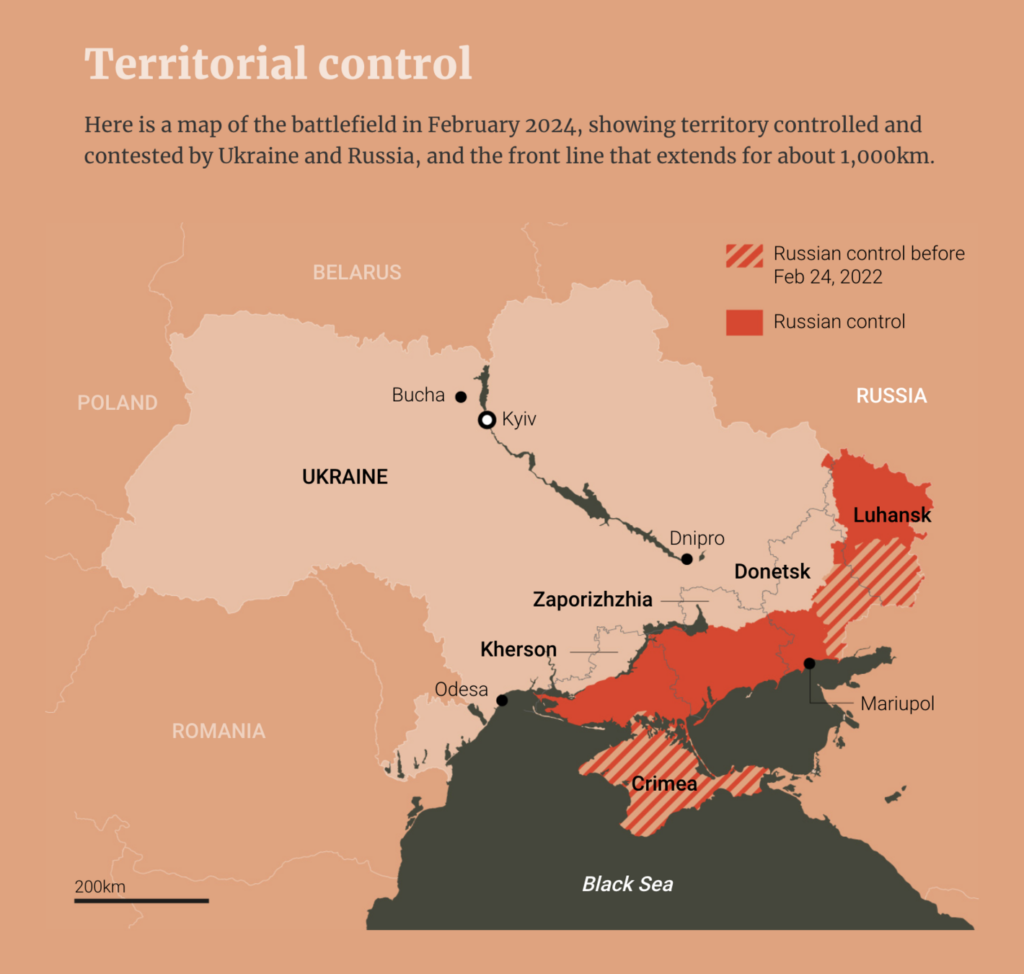
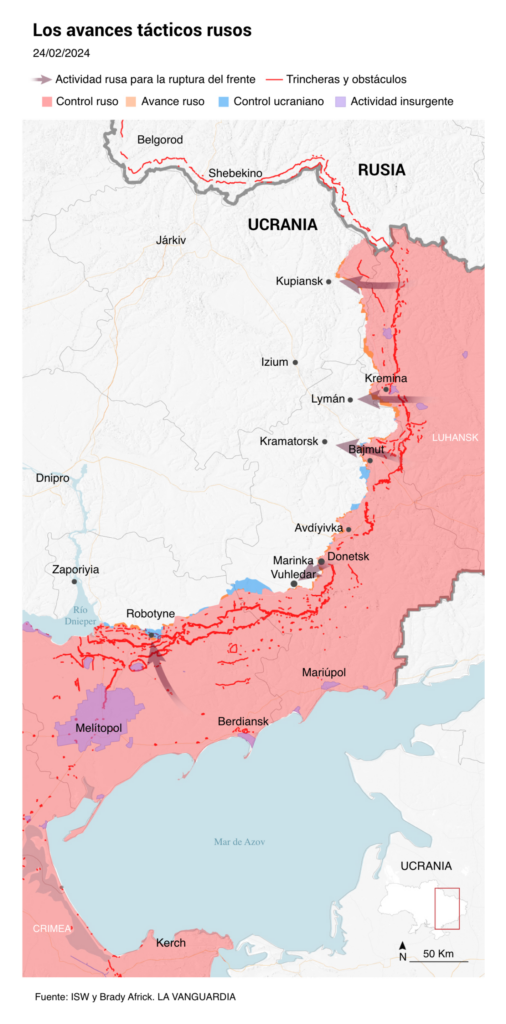
These maps showed the evolution of the conflict:

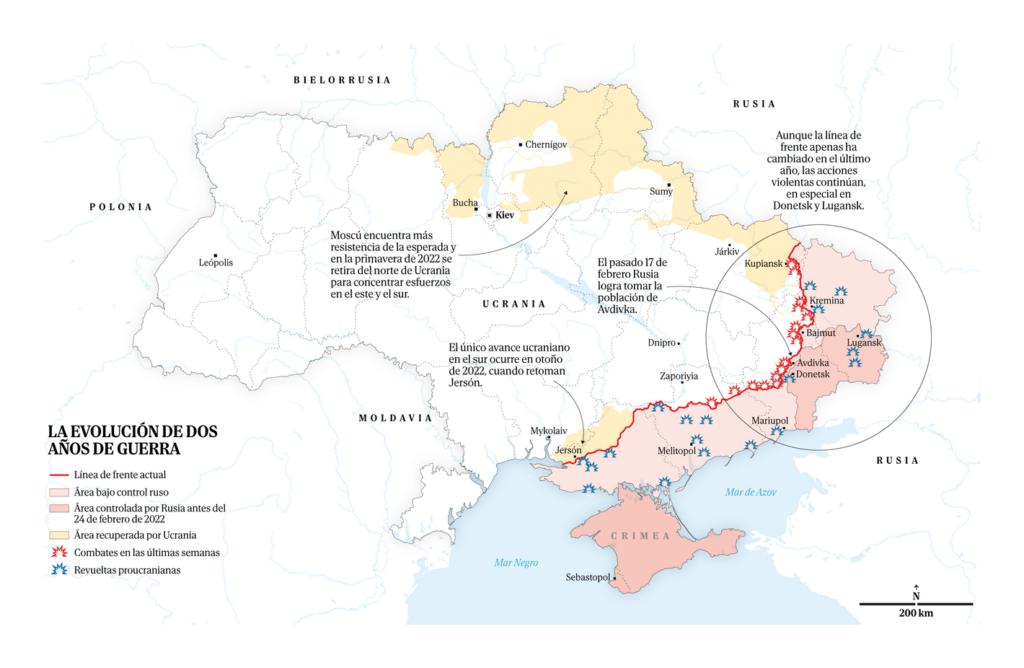
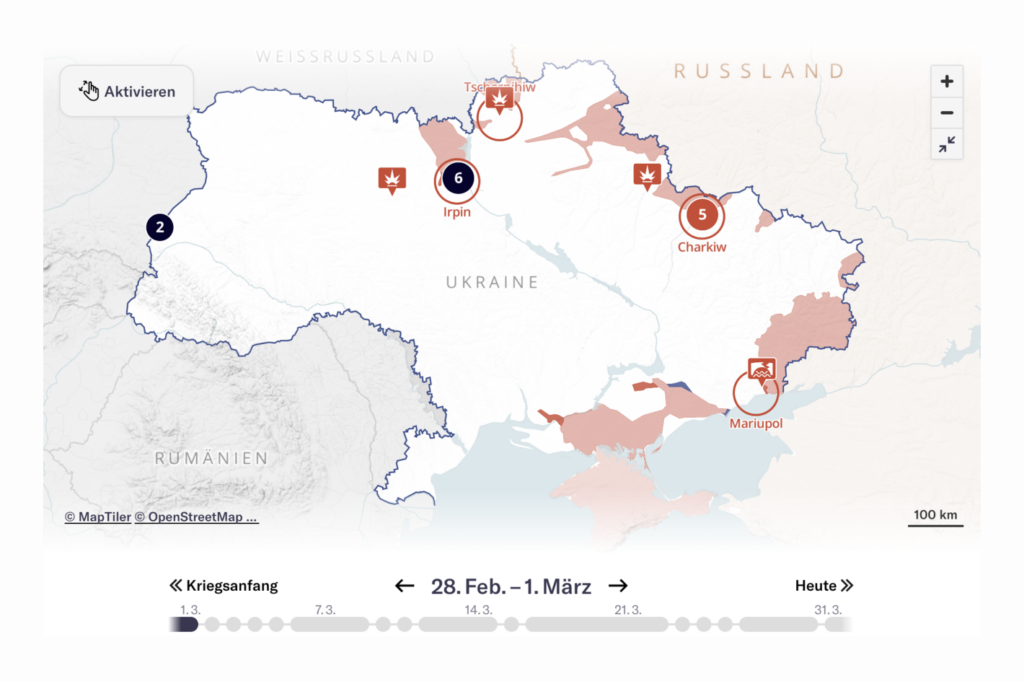
And other visualizations dealt with Russian deaths, Russian crimes against journalists, and the cost of the war:
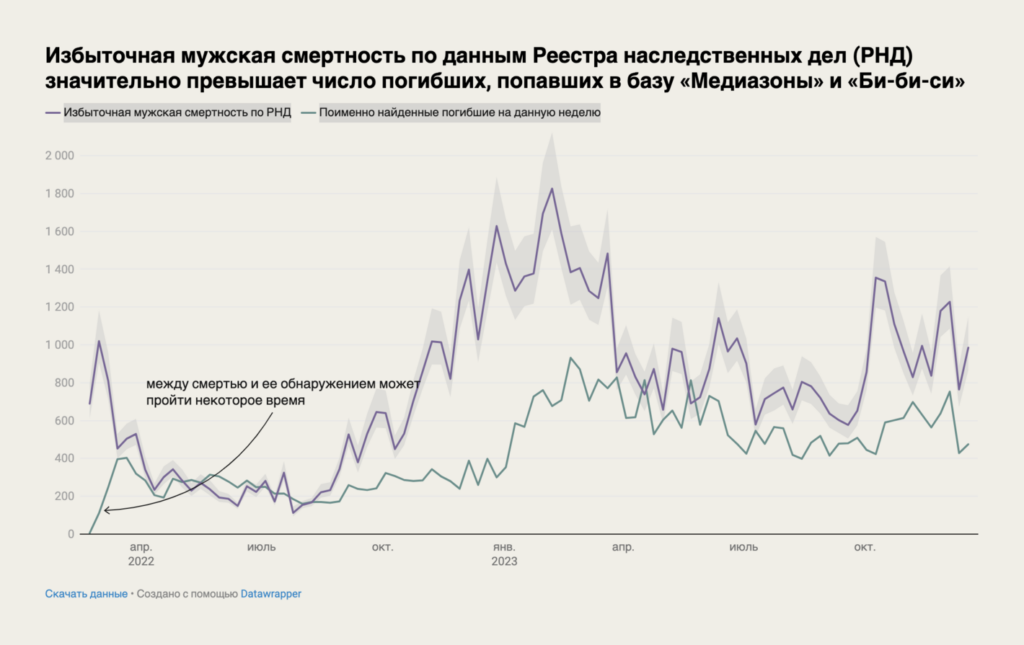
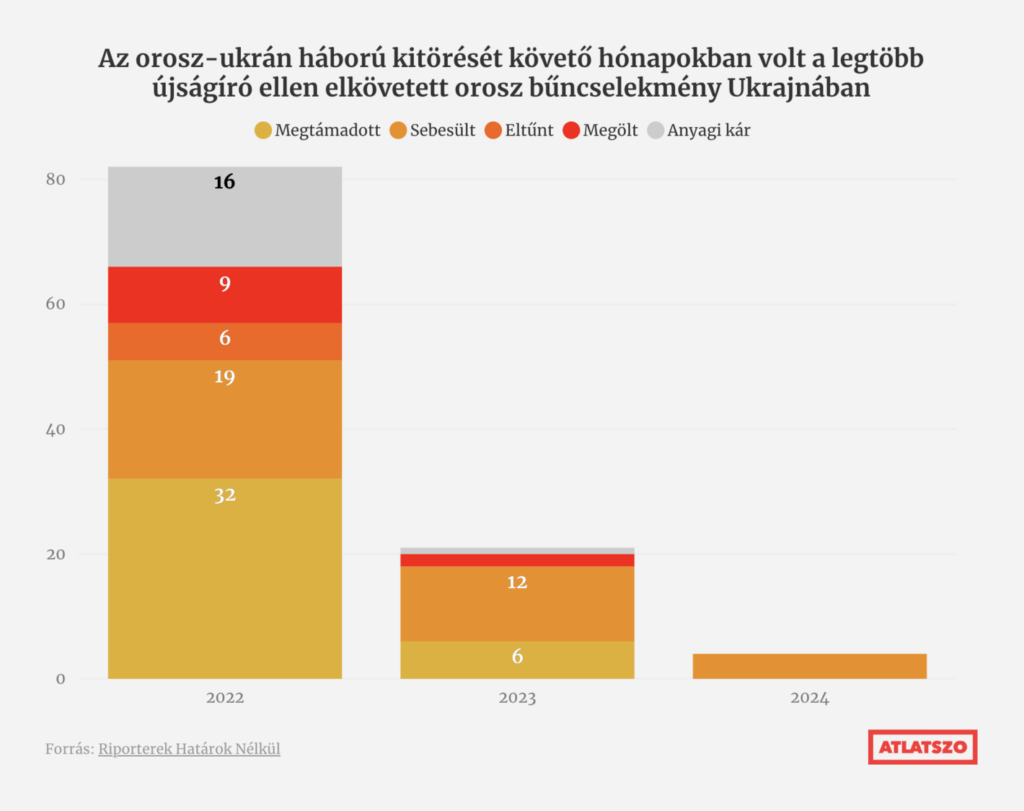
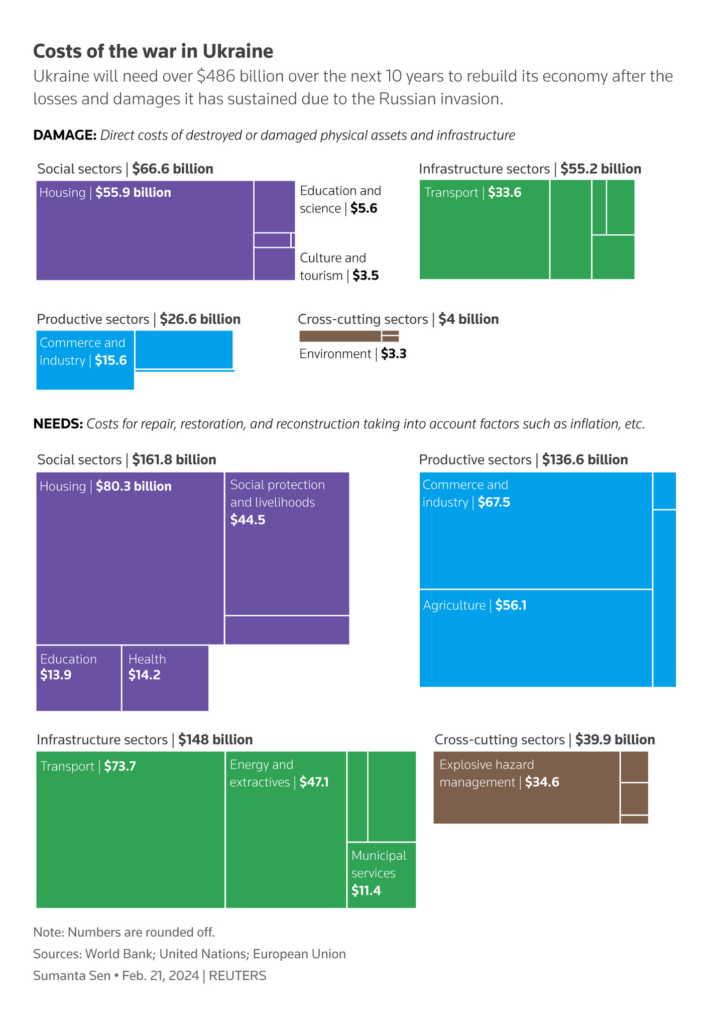
Finally, two visualizations depicted everyday life in Ukraine. How have pupils been learning in school and what music are people listening to?


We wish we could move on to better news, but instead it’s been a season of intense ice melt in Antarctica, Houthi attacks in the Red Sea continue, and the murder of women in South Africa is on the rise:
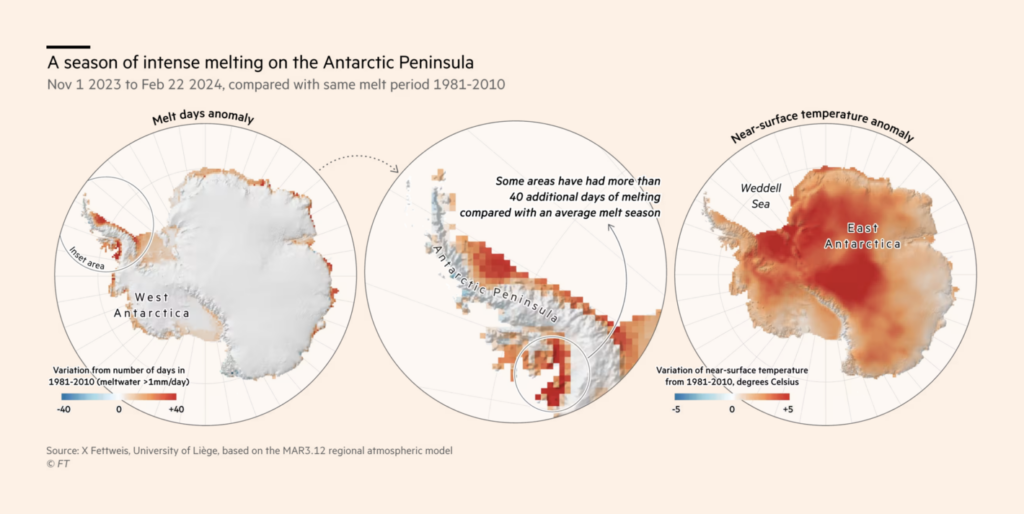

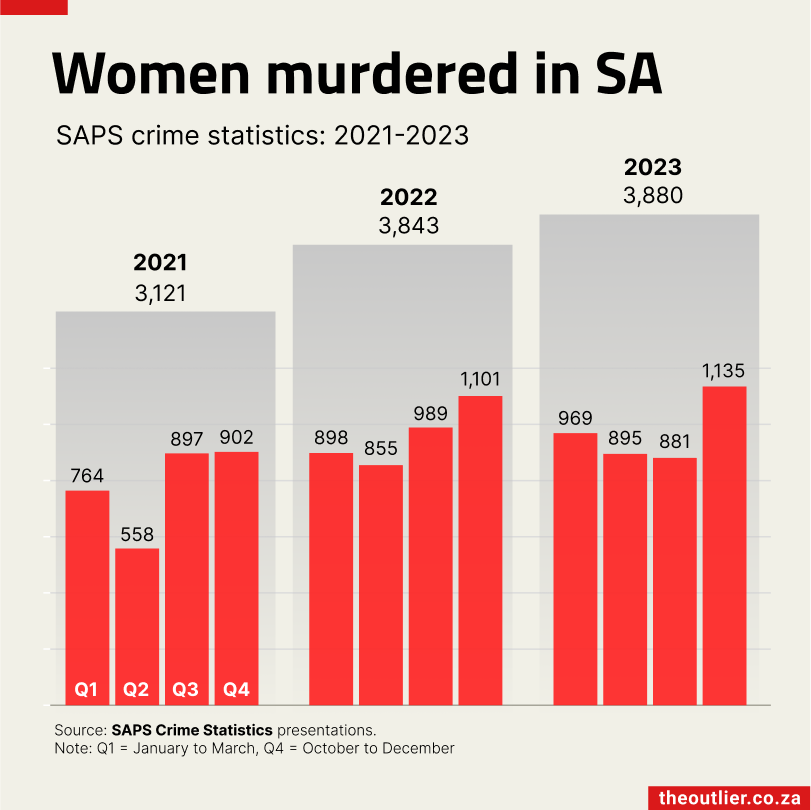
Let’s go to the U.S. elections. Donald Trump won the Republican primary in South Carolina — guess where his supporters tend to work:

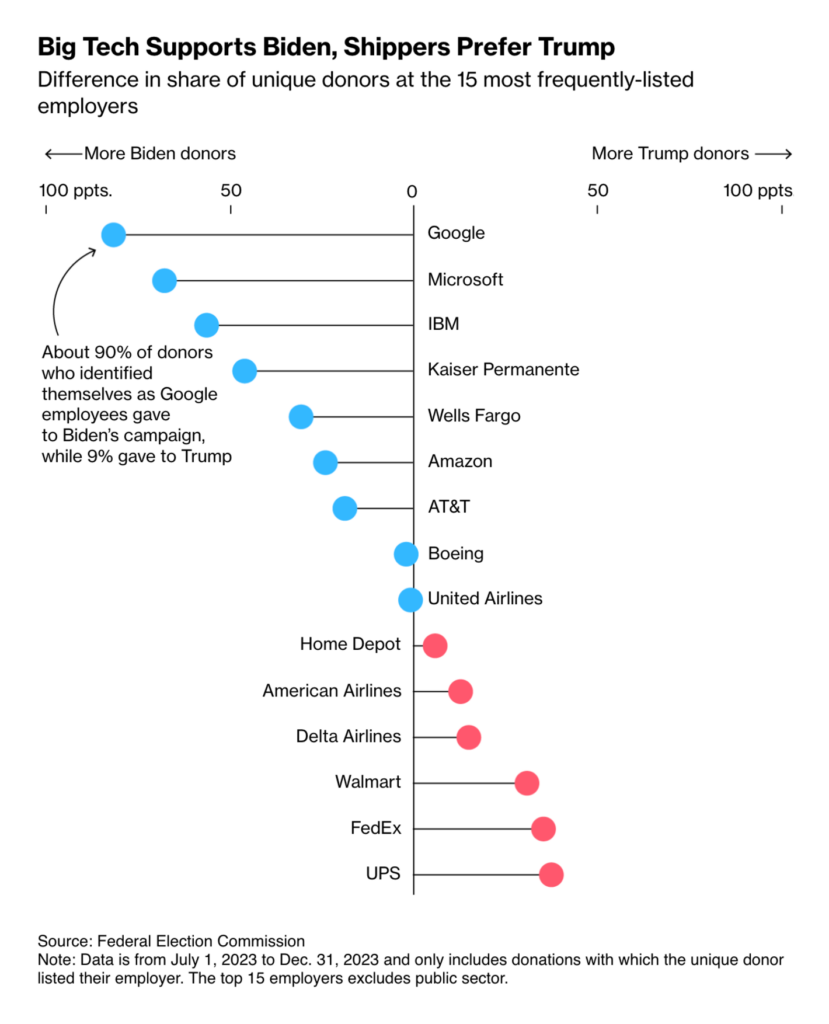
We found two special uses of scatterplots this week:
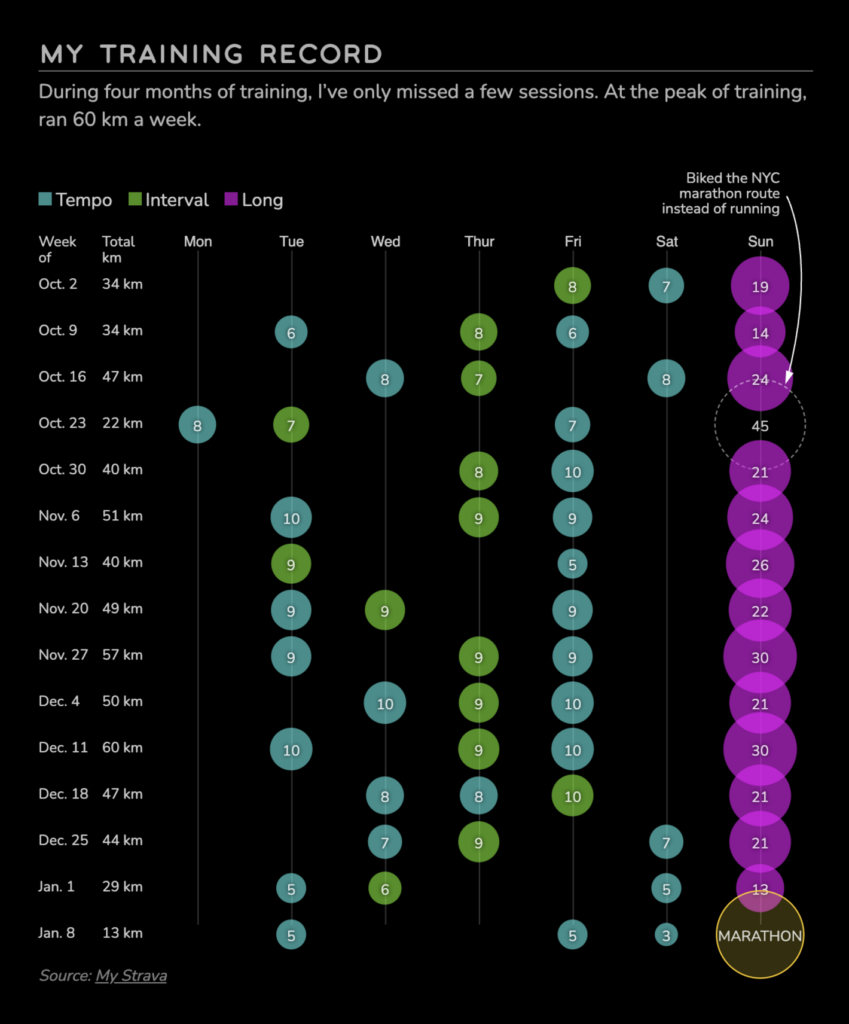

From stock prices to inflation, it’s this week’s economic visualizations:

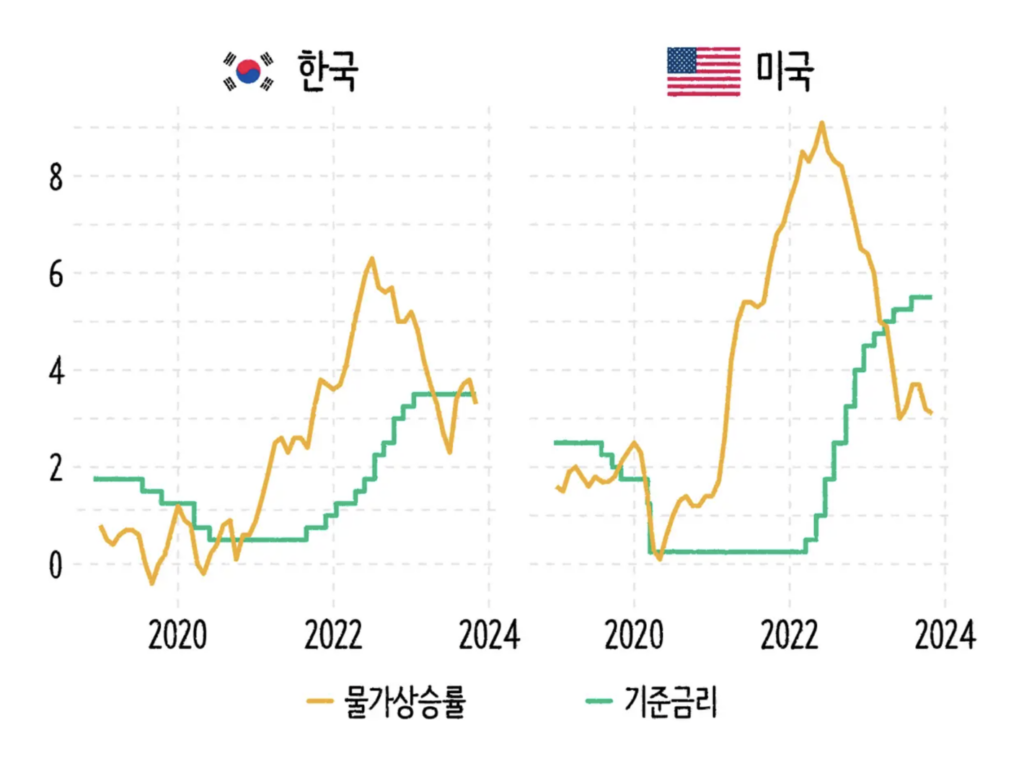

Two charts depicted housebuilding and city planning over time in London and the U.S.


Let’s wrap up this Dispatch with two nice and smooth scrollytellings:
And last but not least, the section of cool charts that didn’t really fit into a cluster, from labor strikes to cell phone sales:


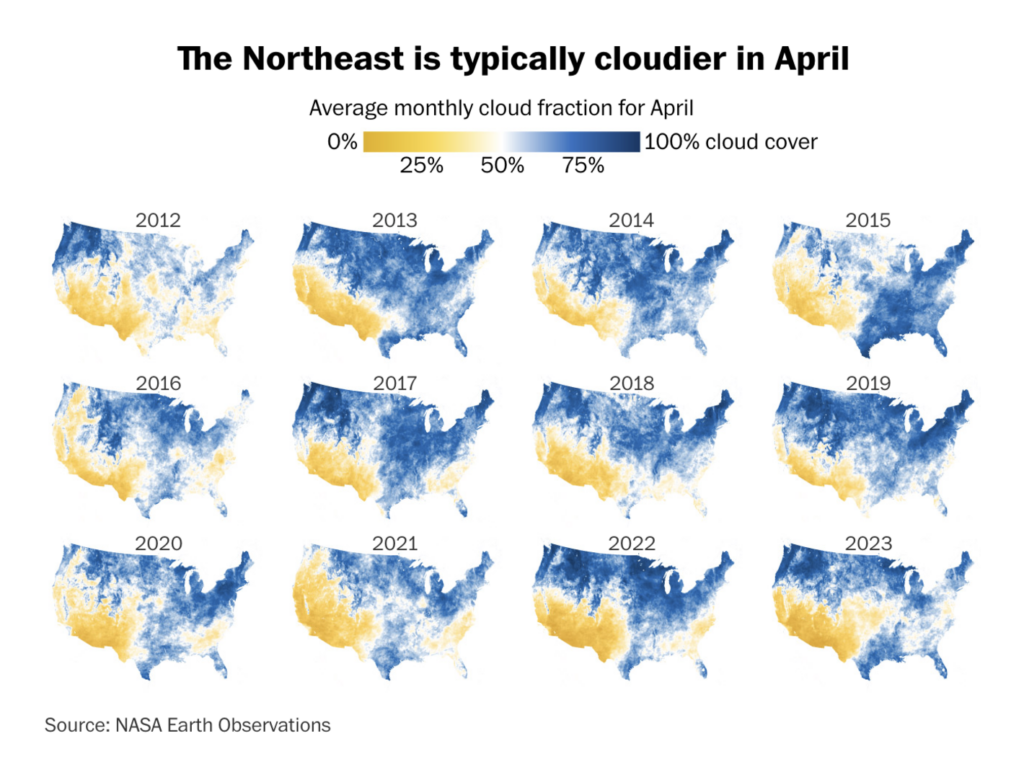

What else we found interesting
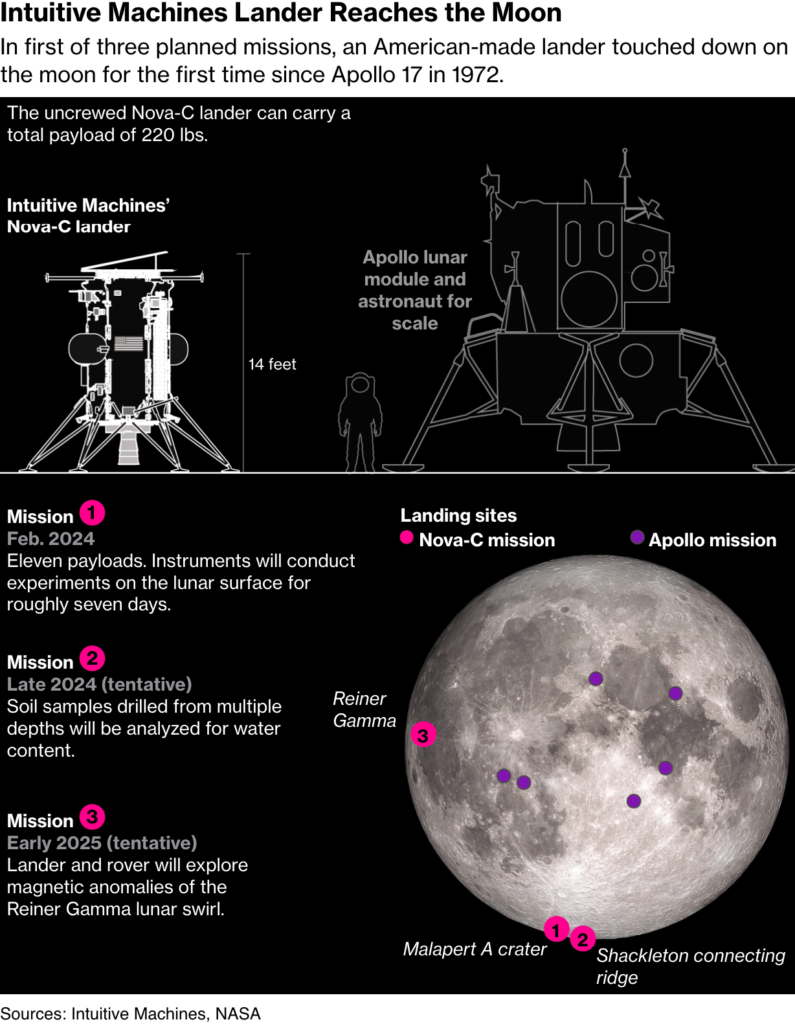
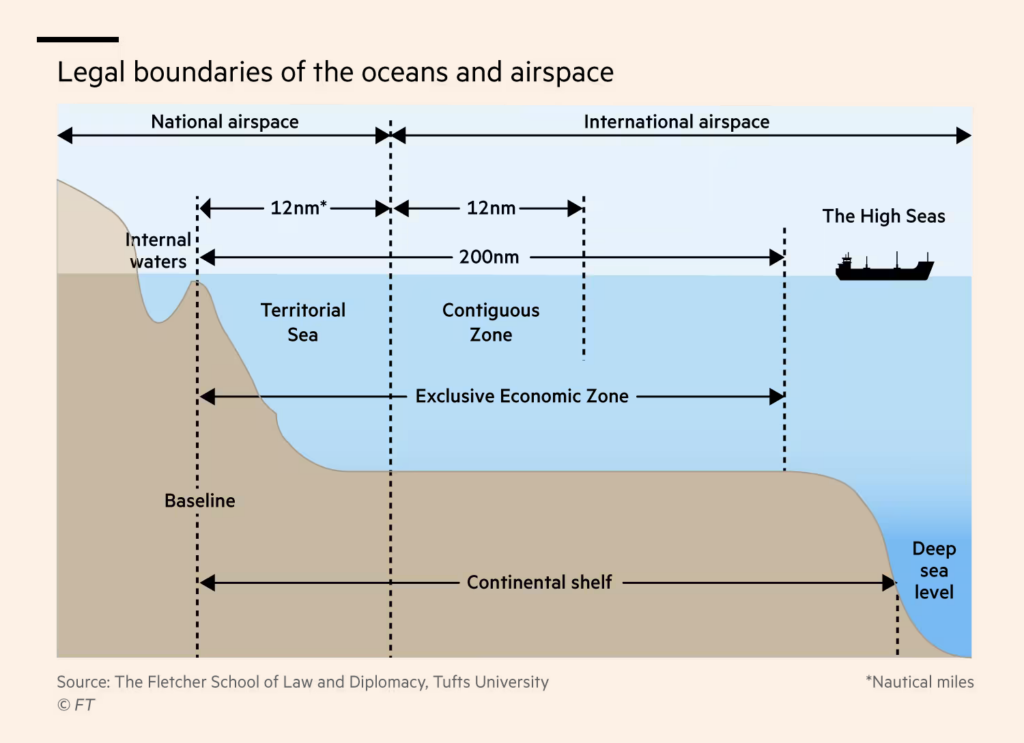
Applications are open for…
- A data journalist at Zeit Online
- A data visualization artist for the FINDHR project
Help us make this dispatch better! We’d love to hear which newsletters, blogs, or social media accounts we need to follow to learn about interesting projects, especially from less-covered parts of the world (Asia, South America, Africa). Write us at hello@datawrapper.de or leave a comment below.
Want the Dispatch in your inbox every Tuesday? Sign up for our Blog Update newsletter!




Comments